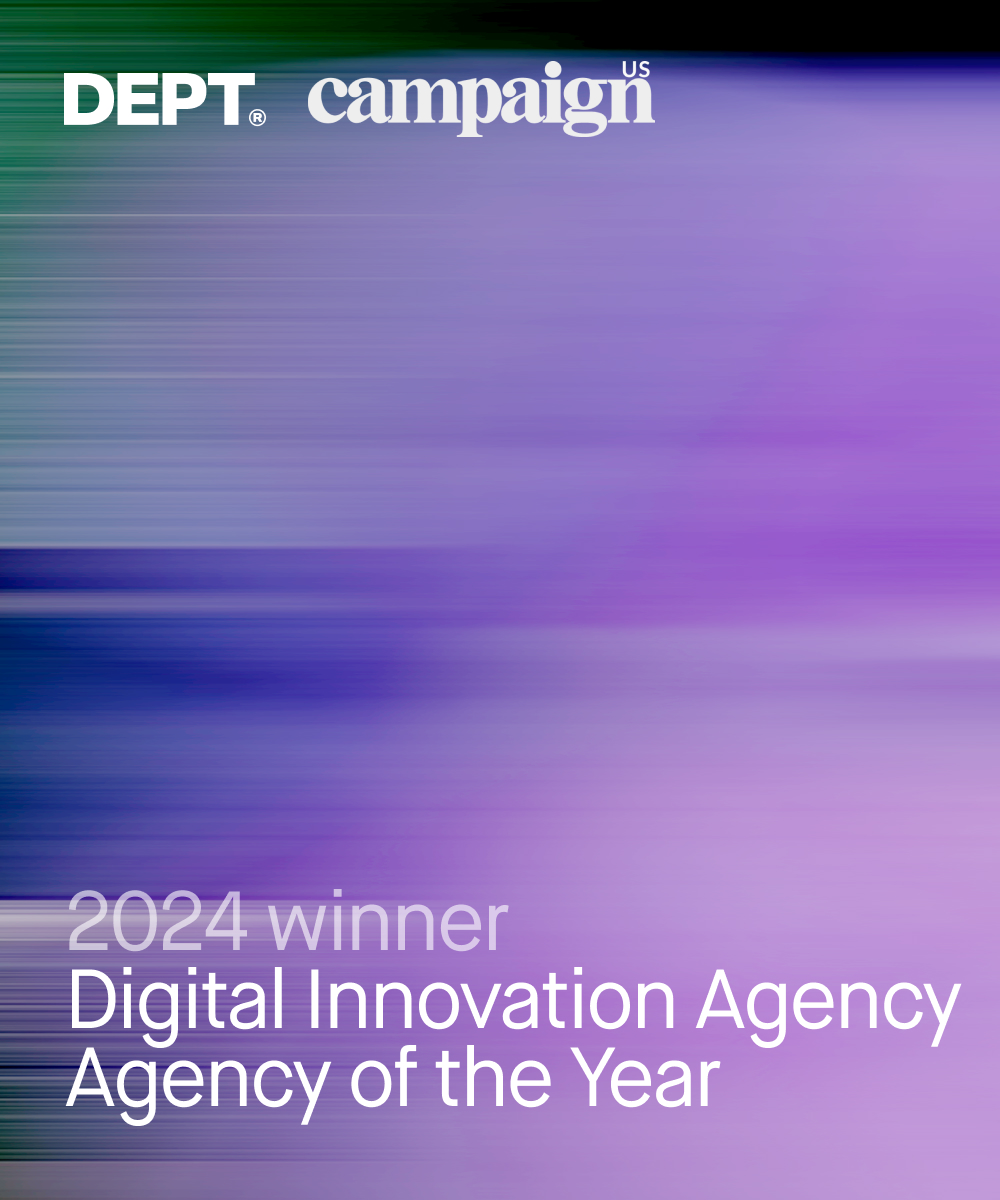Digital Transformation is high on the agenda for many global enterprises. This might be digitising certain customer touchpoints, optimising internal processes or, in many cases, a complete transformation touching all parts of the business.
There can sometimes be a lot at stake when you undertake digital transformation projects, so it’s important to ensure the full process is carefully considered, from initial planning, through to selecting and delivering key ‘lighthouse’ projects, and empowering your business to its own technical delivery in the long-term.
Support from the top and change from the bottom
Because of the changes to ways of working and mindset needed within any transformation, it is key that the C-level is driving this program forward. The level of change needed can only be delivered by the business if the people at the top believe it is necessary for the future of their business. Often, this people and process change is a significantly bigger challenge than the technical. So much so, that an ‘Innovation Lab’ or corporate start-up approach is advisable. In both these processes, it’s imperative to work with the CEO to create a delivery organisation that sits outside the main business and hierarchy. Only in this way can you achieve the level of agility the business needs to deliver transformation.
The inception phase
Every digital transformation project should start with an inception phase. During this phase there are three, key questions that you should ask: Why? What? How?
The answers to these questions should be arrived at via a mixture of tasks including workshops, observations and customer journey mapping and research.
Why?
Before you embark on your digital transformation project it’s important to define why you need to do it. Bring all of the key stakeholders together and ask yourselves questions such as: Why are we undertaking this change? Are we looking to re-evaluate our entire business model, or will small iterative changes to existing processes suffice? How can we set clear qualitative and quantitative goals?
Discuss the answers candidly and ensure that everyone is aligned on the motivations behind the project.
What?
The ‘What’ phase is all about understanding the current state of play and identifying quick wins to help you develop your roadmap. You can break it down into three, simple research areas:
- Ecosystems
How is the business currently engaging with the end user? How are these interactions captured? How are you personalising these journeys? What existing technologies and tactics could be used to strengthen the relationship between the user and the organisation? - Business Architecture
Are we using digital technology to optimise our processes? Where are our pain points and opportunities? What does the business need to look like to support this new, digital-first world. - Foundations
What technology are we currently using? What can we change and what legacy systems do we need to work around? Do we have the right skills in house? What areas do we need to supplement with external support?
How?
In the ‘How’ phase, start to look at the roadmap for implementing change for your digital future. Detail initial ‘Lighthouse Projects’. These are flagship projects that are designed to be visible across the business, to touch many areas and to instigate future projects. The Lighthouse Project is our agent of change and will be used to prove the concept of digitisation.
Look at the impact to the business of the change program against the risk of continuing to deliver day-to-day business requirements. Often, this will result in a ‘dual run’ scenario, where the current teams maintain business as usual, but with a new, agile team forming in the background and taking the lead.
Also look at the blockers that need to removed (many more will be identified during the course of the Lighthouse Project, which is one of its objectives). Blockers normally include: internal governance; hierarchy; sign off processes, and risk averse IT policies regarding access and deployments.
Look at how you can abolish silos that exist within the business, as well as how you can start to ramp up the new organisation to focus on a culture of ‘test, learn and pace’, before perfection.
Defining a lighthouse project
I’m a firm believer in ‘Transformation by Delivery’. By this, I mean that real change cannot be implemented without a vehicle that is used to drive it through the organisation and crash through blockers. To achieve this, you should identify your Lighthouse Project early on in the process. This technical delivery project will show new ways of working and help to identify organisational challenges with a more agile way of working.
The key attributes of a Lighthouse Project (also known as an Exemplar Project) include:
- Has high business value and visibility (so is less likely to be cancelled).
- Touches multiple business units and silos (to enable the identification of barriers and influence change).
- Has a hard deadline (to focus the business and delivery team to provide pressure to break down barriers).
For example, when DEPT® delivered change for Adidas, our Lighthouse Project was a key product to enable them to maximise the value of their digital campaigns. It hit our criteria for a Lighthouse Project because:
- The solution brought together all of their four main business units, creative agencies and IT.
- The project was designed to save millions of euros per year.
- And our deadline? We had to get in live in time for the European Cup.
Delivery approach
When working on a Lighthouse Project, the team should follow agile principles that aim to deliver working software quickly, to rapidly release business value. This can mean a focus on automation, test drive development, and co-located agency teams (working on site with your internal teams).
This approach can often clash with internal legacy processes and personnel. However, this is expected and using a Lighthouse Project to identify and break down these barriers is key. During the delivery process, your agency should work closely with your incumbent teams to help change ways of working and to ensure that the focus is on delivery not process.
Empowerment
One of the main drivers for businesses as they mature digitally is to own their own delivery capability, so they do not need to rely on outsourced partners. Through the later stages of delivery of the identified Lighthouse Project, your agency should work with the business to help hire and train internal employees. They should be included in delivery teams to gain experience of the product, to learn best practice, and to eventually take over the running of the teams.
These team members should then be used to lead new projects, so the skills and approaches they have learnt are seeded within the business. It is at this point the agency should reduce its involvement; in some cases completely leaving the engagement, or reducing the service to just providing high-level, strategic support.
It is through this process of planning, delivery and empowerment that you can transform your business. The Lighthouse Project should leave you stronger and more agile than before you started, and you should be set-up to deliver in an ever-changing landscape.
More Insights?
View all InsightsQuestions?
Managing Director UK





